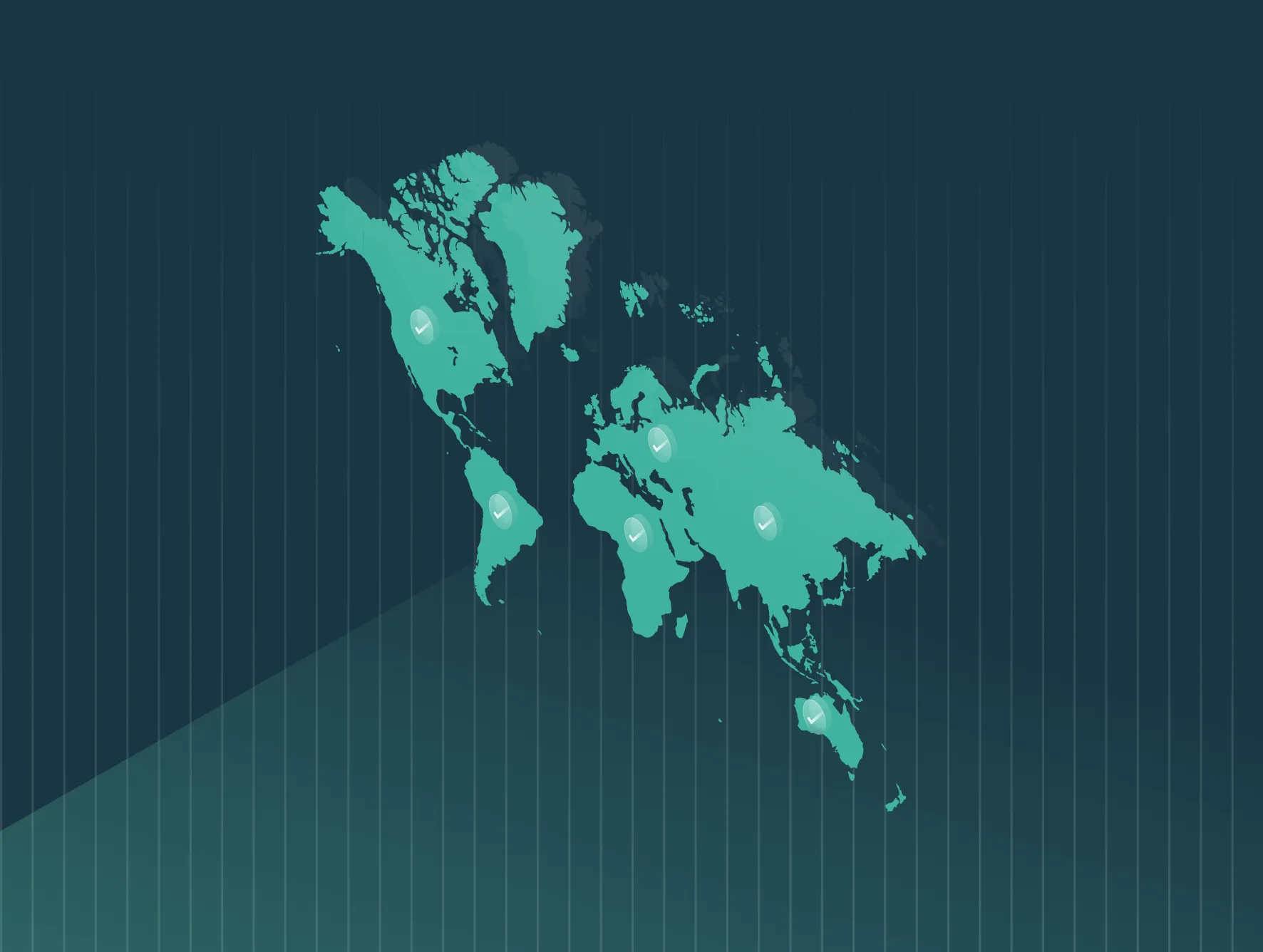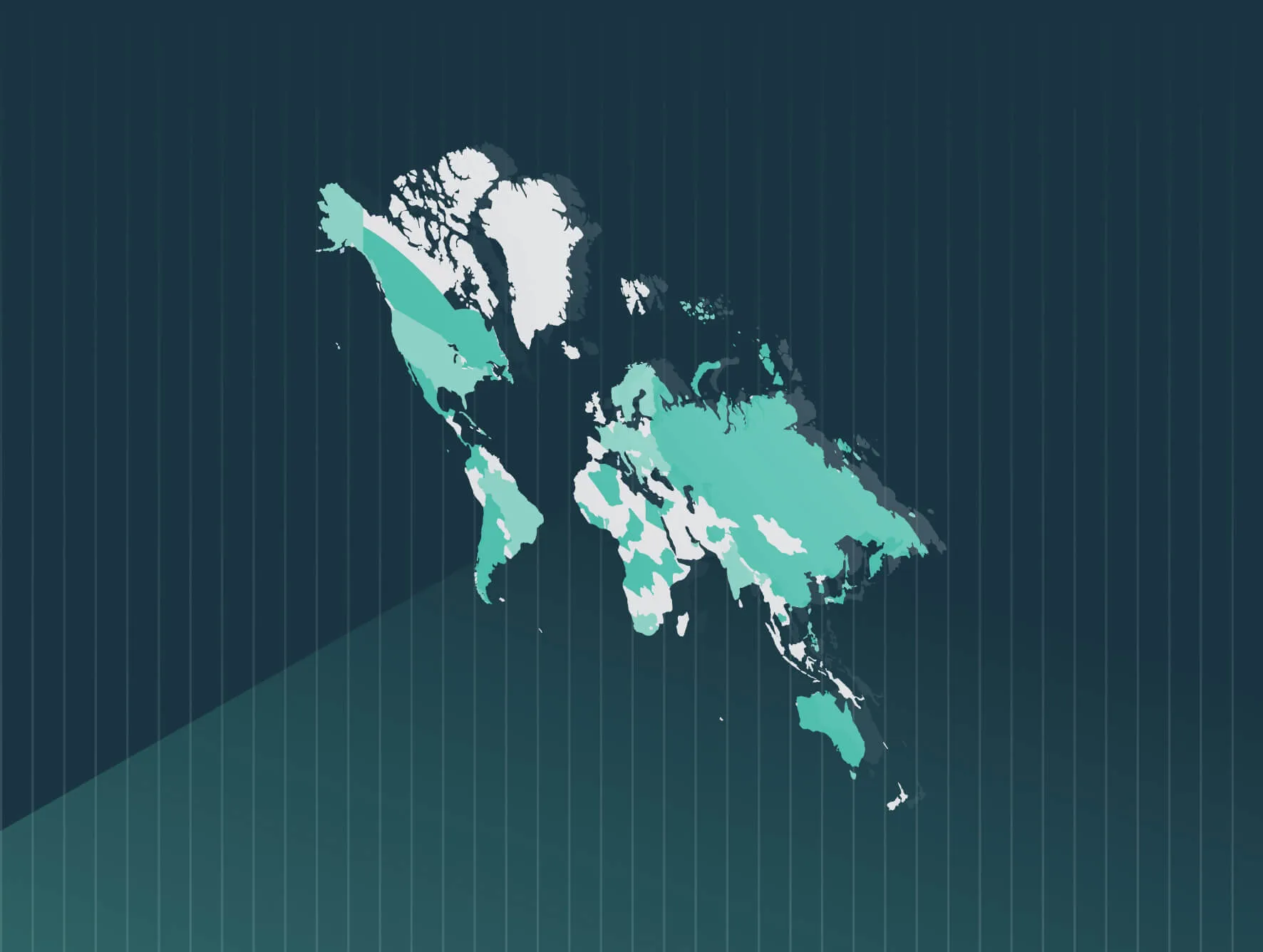In response to the EU Pay Transparency Directive, which requires employers operating in European Union member states to report on pay data, Trusaic will be evaluating the state of each country in the EU’s current gender pay gaps and the path toward compliance.
The impetus for the EU Pay Transparency Directive was to close the 12.7 gender pay gap across the European Union. Currently, Lithuania’s average gender pay gap is in line with the EU average at 13%, however, some sectors, including finance and insurance, have pay gaps of up to 40%.
While the WEF’s Global Gender Gap Report 2024 ranks Lithuania in 11th place overall, it is ranked in 43rd position for wage equality for similar work.
Lithuania’s Labour Code was introduced on June 4, 2002. Since 2017, the Labour Code has required all organizations with 20 or more employees to report on their gender pay gaps, with the exception of managerial positions. Thus, employers should act now to update their HR practices and policies to prepare for the in-depth requirements of the EU Directive.
Quick Action Items for Lithuanian Employers
While Lithuanian employers report on gender pay gaps, additional strategies are required to comply with the EU Directive. Organizations can act now to prepare:
- Provide sufficient salary range information to job candidates. Lithuania introduced pay transparency requirements in July 2019.
- Implement a salary history ban.
- Prepare to act when pay gaps exceed 5%.
- Account for intersectional discrimination in pay practices and consider the needs of workers with disabilities. Under Lithuanian law, organizations must adopt appropriate measures to provide employment and career development opportunities to people with disabilities.
By 2026, EU employers with 250 or more employees must report on gender pay gaps. By 2031, smaller organizations (100+ employees) will have to comply. As we’ve previously noted, the EU Directive uses the broader term of “worker” versus employee. Thus, employers will need to adjust to include managerial positions in their reporting.
Leverage Software to Conduct an Intersectional Pay Equity Audit
Lithuanian organizations should proactively evaluate their current pay practices and overall compensation philosophy. Companies can leverage pay equity software solutions to expedite reviews of existing pay practices and determine causes of pay disparities.
Lithuania Employers’ Current Reporting Requirements
The Board of the State Social Insurance Fund publishes information on average wages by gender for organizations with eight or more employees, where at least four men and four women are employed.
Employers with an average of 20 or more employees must, upon the request of the work council or employer-level trade union, provide depersonalized data on the average remuneration for employees by occupational group and gender. Each occupational group requires a minimum of two employees. Reporting must be updated at least annually. Managerial roles are excluded from pay data analysis.
Lithuania’s Labour Code requires equal pay for the same work or work of the same value. In addition, its Law on Equal Treatment prohibits discrimination on the grounds of gender, sexual orientation, age, disability, race, ethnic origin, nationality, language, social status, belief or religion, convictions or views, and citizenship.
When settling pay discrimination claims, compensation is defined as “remuneration or any other pay, including pay in cash or in kind, which the employee receives for his or her work from the employer, either directly or indirectly.”
Remuneration systems are established in collective agreements, which are registered and published on the Ministry of Social Security and Labour’s website. In the absence of a collective agreement, remuneration systems are approved by the employer and made available to employees.
Since 2017, companies have also been required to implement gender equality principles. These include applying equal criteria in hiring processes, working conditions and opportunities in areas such as professional development and retraining.
Complying with the EU Directive
The EU Pay Transparency Directive was approved in 2023, establishing a clear framework for EU member states to apply the principle of equal pay for equal work or work of equal value.
EU member states have three years from June 7, 2023 to transpose the directive into law. Likely implementation dates are 2026, however, some countries may enact legislation earlier. The first large organizations will need to submit pay data reports by June 6, 2027.
Employers operating in EU member states can take several preliminary steps to ensure compliance with the upcoming legislation. The EU Directive includes a requirement for a Joint Pay Assessment where pay gaps are higher than 5%.
Eliminate the Complexities of Regulatory Pay Transparency Reporting
With an average pay gap of 13%, most Lithuanian employers are currently at risk. Thus, they will need to ensure implementation of regular pay equity analyses to understand where any unexplained gaps exist and develop plans to remediate appropriately.
Further, recruitment processes should be evaluated to ensure compliance with pay transparency and salary history ban requirements. Employers in Lithuania can act now to strengthen compliance and create equitable, explainable and competitive salary ranges.
Other items include:
- Pay explainability: Prepare to explain how you differentiate and define performance in setting base salaries. Pay transparency legislation means workers must be given access to criteria used to define salary and pay raises.
- Analyze pay gaps: Identify the causes where pay disparities exceed 5%. If there is no objective justification, we recommend addressing any anomalies to remove those unexplained gaps. In cases of alleged pay discrimination, the burden of proof shifts to the employer.
- Intersectional pay equity audit. Intersectionality is essential to close the gender pay gap. It recognizes that individuals can experience discrimination and inequality based on the intersection of multiple identities, such as race, gender, disabilities, age, and more.
Trusaic is GDPR compliant and can assist any organization in any EU state in meeting its obligations under both the EU Corporate Sustainability Reporting Directive and the EU Pay Transparency Directive.








